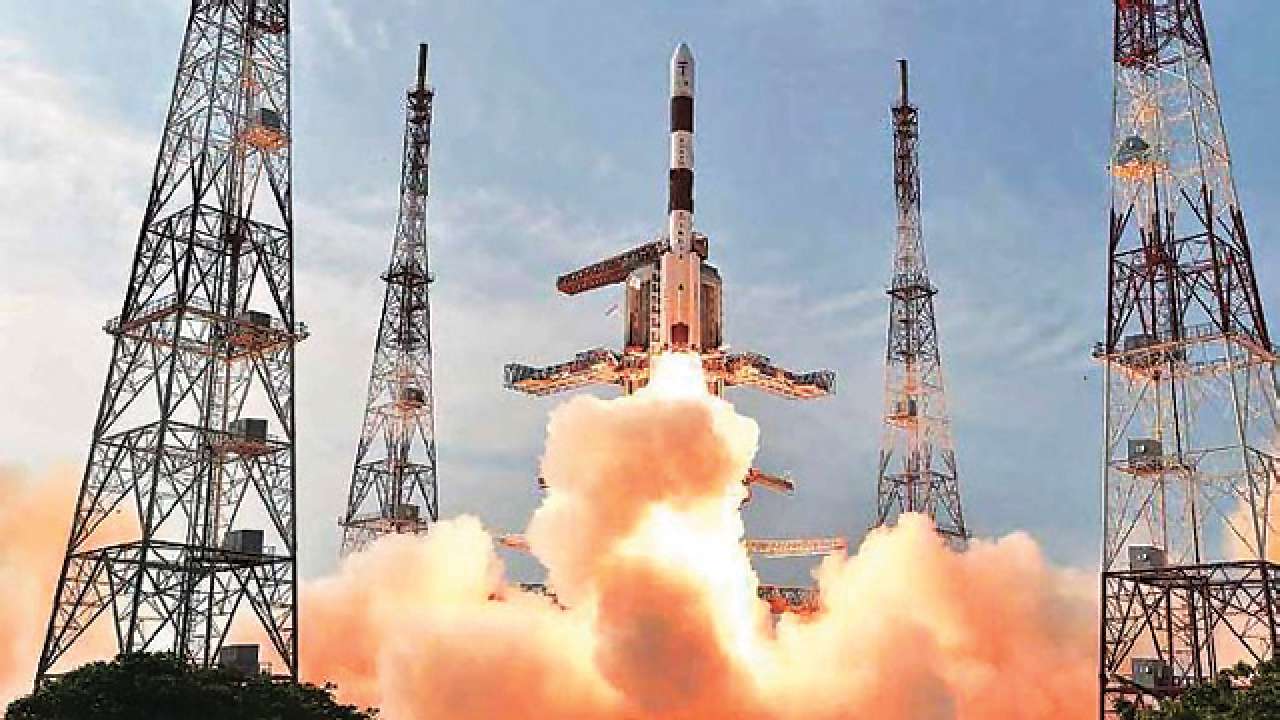
The Indian space programme didn’t originate even when the launch of Sputnik 1 made headlines throughout the world. By the late 1950s, India was starting to grow and mature as a stable democracy. Under the leadership of Jawaharlal Nehru, it was in a nascent stage of sowing seeds for a modern democracy as the country wanted to develop its scientific and industrial outlook.
Around this time, Dr Vikram Sarabhai, founder of Physical Research Laboratory, in Ahmedabad, started looking for volunteers, who were basically engineers, to set up a rocket launch pad in South Kerala. Sarabhai, being a visionary, wanted India to become one of the players in outer space in the years to come. For that to happen, India needed to have its own space programme, which was still a distant dream.
Being one of the pioneers of the Space Race, the US had already made giant strides in this area by establishing its premier space agency, NASA, in 1958. Sarabhai wanted to form a core group of young engineers who could be sent to the US to be trained at NASA before they came back to India and started working at the rocket launch pad station at Thumba in South Kerala.
In his book ISRO: A Personal History, Dr R Arvamudan, one of pioneers of the Indian Space Programme, wrote, “The first batch of engineers was sent to NASA in December 1962. Their project was to build a telemetry ground station mounted inside a trailer, which, after testing and validation, was to be shipped to Thumba for installation. This was to be on long-term loan to Thumba but would remain the property of NASA”.
The early task of these engineers ,who later became great scientists, was to get trained in launching and tracking ‘Sounding Rockets’. The training offered to these engineers from India by NASA was what normally was given to an operator or technician as they were not given exposure to the technology that went into building the big rockets and satellites.
The early part of Indian space programme was backed by the Department of Atomic Energy (DAE) and, therefore, some of the engineers working for Indian space programme were still on the payrolls of DAE, while other engineers were recruited directly from the Physical Research Laboratory.
The seeds of the Indian space programme were sown at Thumba, which, during the 1960s, became an international launch station. The Thumba space station is officially known as TERLS i.e. Thumba Equatorial Rocket Launching Station. It was developed as a facility for scientists from all over the world who were interested in studying the equatorial electrojet. In this endeavour, India was encouraged and supported by many western countries like the US, the UK and West Germany. India was provided essential equipment like telemetry receivers, tracking systems and computers. Some of them came on loans and some were outright gifts.
On April 19, 1975, the Soviet Union launched India’s first satellite Aryabhata. Designed purely for scientific experiments, the satellite was built by India, but the Soviets provided technical assistance and components such as solar cells, batteries, thermal paints, and tape recorders.
The Indian space programme owes its development and expansion to the aid and assistance of both the United States and the USSR.
The author is a junior research fellow at School of International Studies, JNU